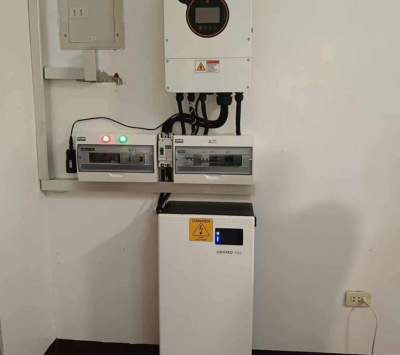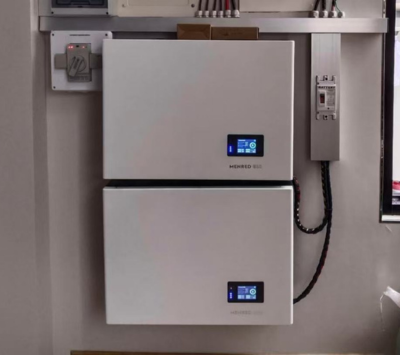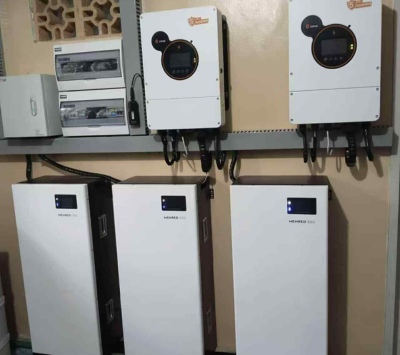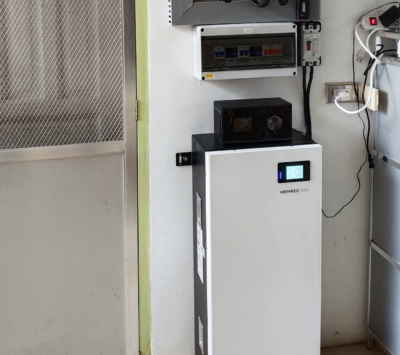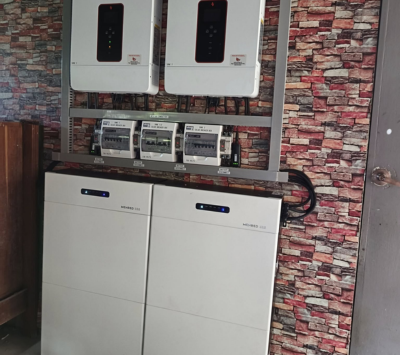As the demand for energy storage solutions increases, lithium-based batteries are becoming the go-to choice for a variety of applications due to their efficiency, longevity, and adaptability. Among them, 48V lithium-ion batteries and 51.2V LiFePO4 (Lithium Iron Phosphate) batteries are two of the most commonly used options. While they share similar core functions, key differences in voltage, design, and performance make them better suited for different needs.
Nowadays, many people find themselves confused when deciding between a 48V lithium LiFePO4 battery and a 51.2V lithium LiFePO4 battery. At first glance, the voltage difference might seem negligible, but it plays a critical role in determining compatibility with inverters, energy efficiency, and overall performance. Gaining a clear understanding of these differences can help ensure the right choice for your energy storage system, whether it’s for residential, commercial, or off-grid applications.
1. Nominal Voltage and Cell Configuration
The primary difference between 48V and 51.2V batteries lies in their nominal voltage and internal cell configuration:
| Parameter | 48V LiFePO4 Battery | 51.2V LiFePO4 Battery |
|---|---|---|
| Nominal Voltage | 48V | 51.2V |
| Cell Configuration | 15 cells (3.2V each) in 15S | 16 cells (3.2V each) in 16S |
| Charge Cutoff Voltage | 54V–54.75V | 57.6V–58.4V |
| Discharge Cutoff Voltage | 40.5V–42V | 43.2V–44.8V |
The 51.2V battery has an extra cell, resulting in higher energy storage and output.
2. Why Some Manufacturers Label 51.2V Batteries as “48V”
This discrepancy is due to two common industry practices:
- Legacy Compatibility: Older lead-acid battery systems typically use a 48V nominal voltage. To simplify the transition to LiFePO4, manufacturers often label 51.2V batteries as “48V.”
- Simplified Marketing: Rounding 51.2V to 48V helps streamline product naming for broader recognition.
Despite this, always consult technical specifications to ensure the battery’s voltage aligns with your system’s requirements.
3. Charging Efficiency
The higher voltage of 51.2V batteries provides several advantages in charging efficiency:
- Lower Current, Less Heat: At the same power input, a higher voltage reduces current flow, minimizing heat generation and energy loss.
- Faster Charging: With less current, 51.2V systems charge more quickly, making them ideal for high-demand applications.
For example:
- A 51.2V battery charging at 5kW uses approximately 97.6A.
- A 48V battery charging at 5kW uses about 104.2A.
Reduced current flow in 51.2V systems enhances both safety and longevity.
4. Discharge Characteristics
The higher voltage of 51.2V batteries allows for better stability during high-power discharge:
- 51.2V Batteries: Perform better under heavy loads, sustaining higher currents without overheating. Ideal for industrial equipment or power-hungry tools.
- 48V Batteries: Better suited for steady, lower-power demands like residential backup power systems.
5. Energy Output
Voltage directly affects the energy output of a battery. For a 100Ah battery:
- 48V System: 48V × 100Ah = 4.8kWh
- 51.2V System: 51.2V × 100Ah = 5.12kWh
Though the difference is only 0.32kWh per battery, it scales significantly in larger installations. For example, 100 batteries of 51.2V provide 32kWh more energy than the same number of 48V batteries.
6. Optimizing Energy Transfer with 51.2V Batteries
51.2V batteries operate closer to the upper limit of inverter voltage ranges, enhancing energy transfer efficiency:
- Inverter Voltage Design: Most inverters labeled as “48V-compatible” accept a wider voltage range (e.g., 40V–60V).
- 51.2V Battery Range:
- Fully charged: 57.6V–58.4V (close to the upper limit)
- Discharge range: 43.2V–44.8V
- 48V Battery Range:
- Fully charged: 54V–54.75V
- Discharge range: 40.5V–42V
By operating closer to the inverter’s maximum voltage, 51.2V batteries reduce “voltage headroom waste,” optimizing the inverter’s efficiency.
7. System Compatibility
Both 48V and 51.2V batteries are compatible with most 48V-rated inverters, but the performance varies:
- 51.2V Batteries: Operate closer to the upper limit of inverter voltage, optimizing energy transfer.
- Always verify compatibility with inverters and charge controllers to ensure proper operation.
8. Cost and Long-Term Value
- Upfront Cost: 51.2V batteries tend to be more expensive due to the extra cell.
- ROI: Over time, the higher efficiency and energy output of 51.2V batteries make them a more cost-effective choice for large-scale or commercial systems.
9. Future Trends in Battery Technology
As the renewable energy sector grows, high-voltage LiFePO4 batteries (e.g., 100V+) are emerging for grid-scale and industrial use. However, 48V and 51.2V systems are likely to remain dominant in residential and small commercial applications due to their balanced performance and affordability.
10. How to Choose Between 48V and 51.2V Batteries
Consider these factors when making your choice:
- Energy Demand: Higher power needs favor 51.2V.
- Budget: 48V is more cost-effective for moderate energy needs.
- System Compatibility: Ensure your inverter and charge controller support the voltage range of your chosen battery.
- Scalability: 51.2V offers better expansion potential.
Conclusion
Choosing between a 48V lithium-ion battery and a 51.2V LiFePO4 battery depends on your energy requirements, system design, and budget. While 48V systems are reliable for everyday residential use, 51.2V batteries deliver superior efficiency, scalability, and performance for demanding applications. As battery technology evolves, high-voltage solutions will continue to redefine energy storage capabilities.
MENRED ESS 51.2V LiFePO4 Battery: Performance Comparison of LFP.6144.W and LFP.6144.G
MENRED ESS offers high-performance 51.2V LiFePO4 batteries, and two popular models—LFP.6144.W and LFP.6144.G—stand out for their reliable performance. This article explores the key system parameters of these models to help you understand their unique strengths and applications.
System Voltage and Capacity
Both models operate at a nominal voltage of 51.2V, with a capacity of 6.144kWh, making them ideal for residential energy storage.
Design and Installation
LFP.6144.W: Wall-mounted design, compact, and ideal for setups with limited floor space. Supports up to 16 units in parallel for a total capacity of 98.24kWh.
LFP.6144.G: Ground-mounted design, more suited for applications requiring larger-scale or easier floor-based installations.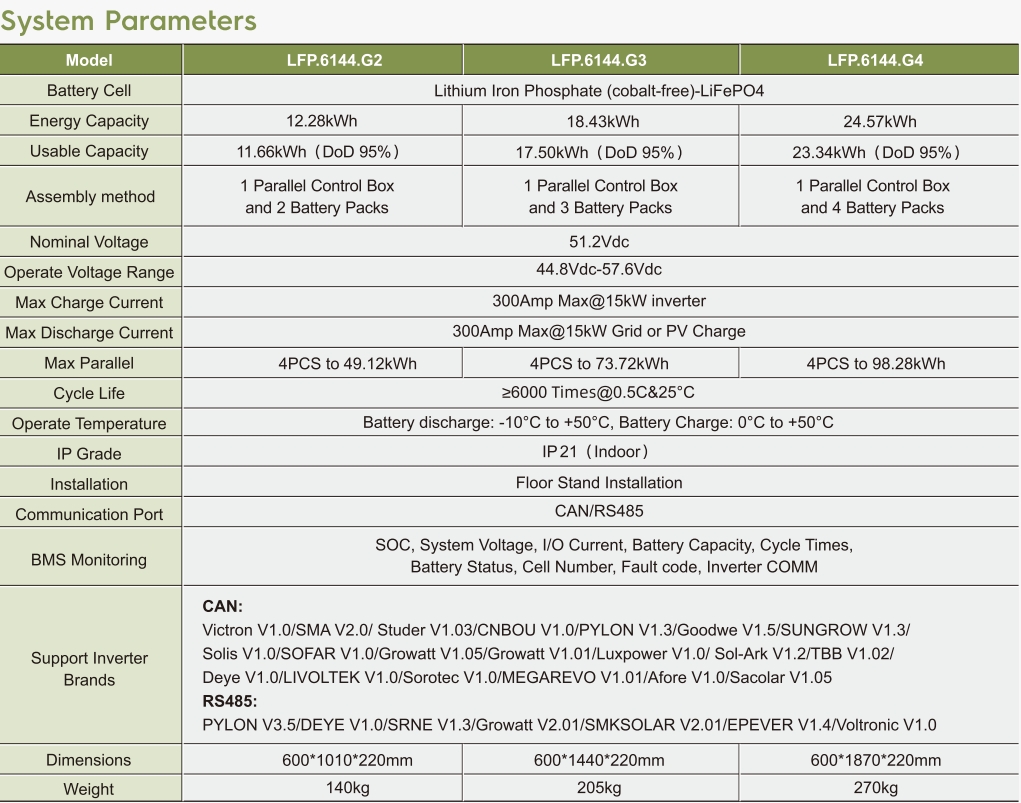
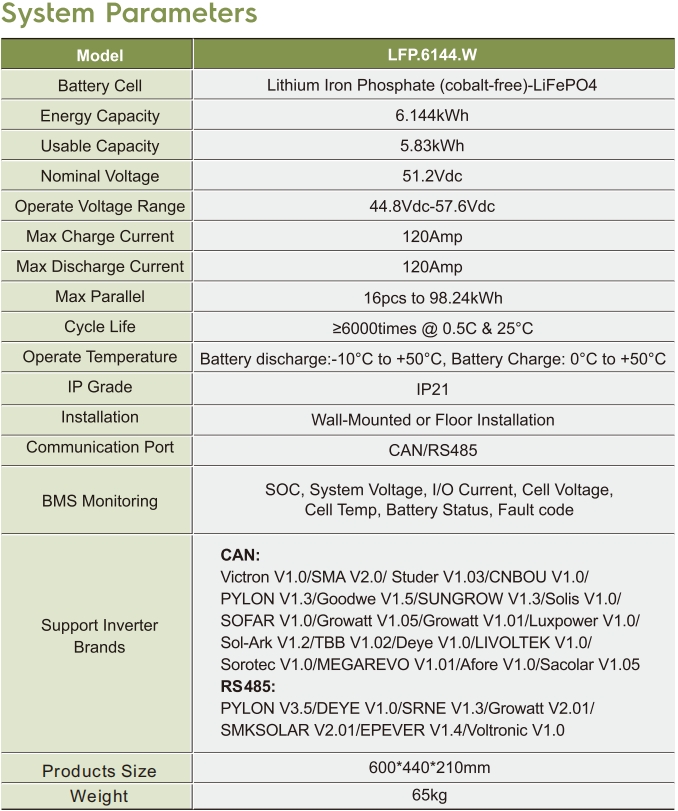
Customer Setup Showcase: MENRED ESS 51.2V 6kWh LFP.6144.W LiFePO4 Battery
The customer installed a MENRED ESS 51.2V LiFePO4 battery paired with an SRNE inverter, achieving energy independence. Unlike some battery manufacturers who use 5kWh batteries, MENRED ESS opts for 6.144kWh. Why? Check out this blog to learn why a 6kWh lithium battery is ideal for 5kW hybrid solar inverters: Why a 6kWh Lithium Battery is Ideal for 5kW Hybrid Solar Inverters
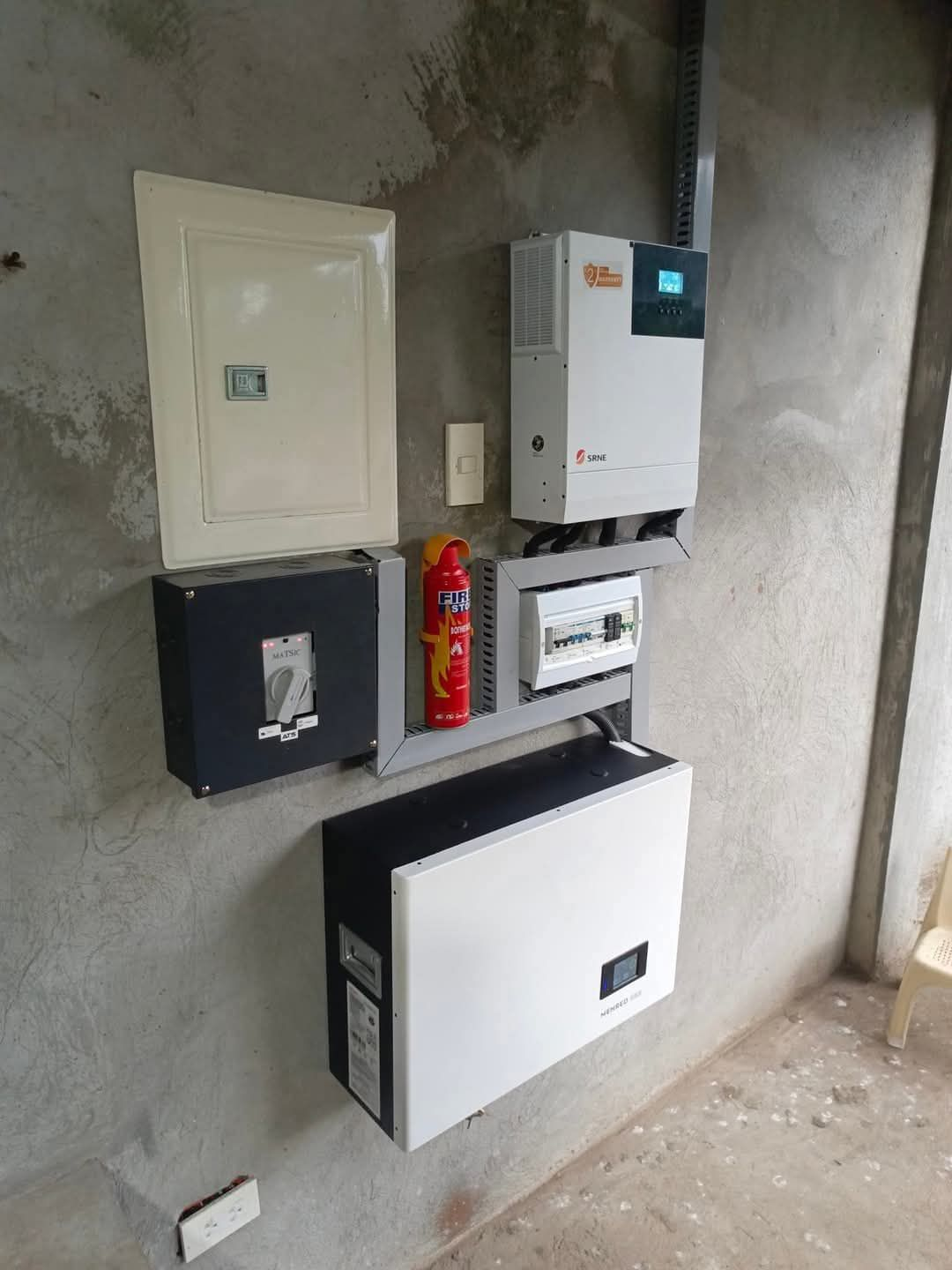
FAQ
1. Can I replace a 48V battery with a 51.2V LiFePO4 battery?
Yes, but ensure your inverter and charge controller can handle the higher voltage range.
2. Which is better for solar storage: 48V or 51.2V?
Both work well, but 51.2V offers faster charging and better efficiency for larger systems.
3. Why do manufacturers label 51.2V batteries as 48V?
This practice stems from legacy compatibility with lead-acid systems (traditionally 48V) and simplified marketing. Always check technical specifications for clarity.
4. Are 51.2V batteries safer?
LiFePO4 chemistry is inherently safer than other lithium-ion types, and higher voltage reduces current-related risks.
5. How does operating near inverter voltage limits improve efficiency?
By minimizing current draw and aligning with the inverter’s peak efficiency zone, 51.2V batteries reduce energy losses and heat generation, optimizing overall system performance.
By understanding these key differences, you can make a more informed decision when choosing the right battery for your energy storage system.

